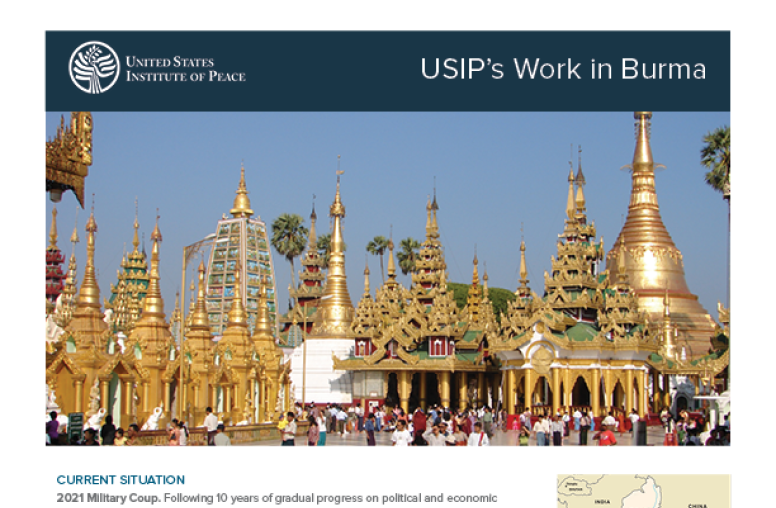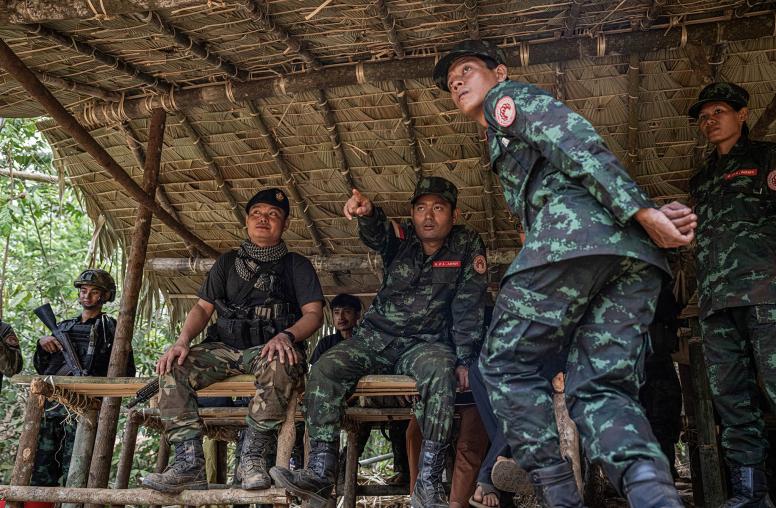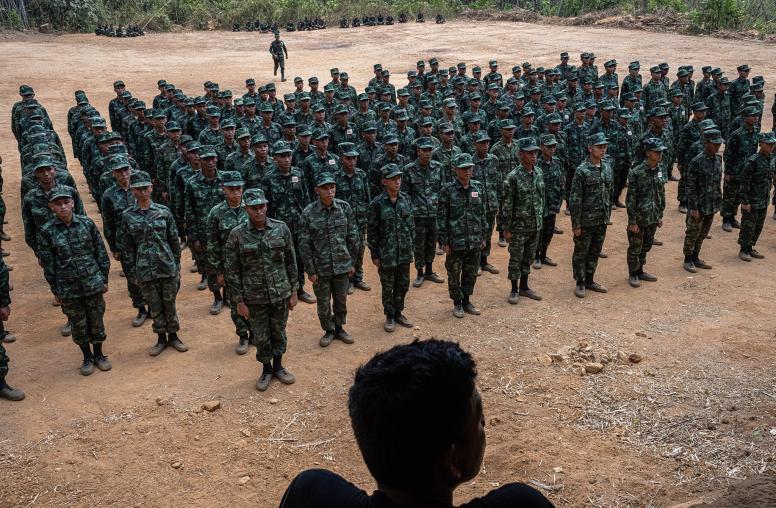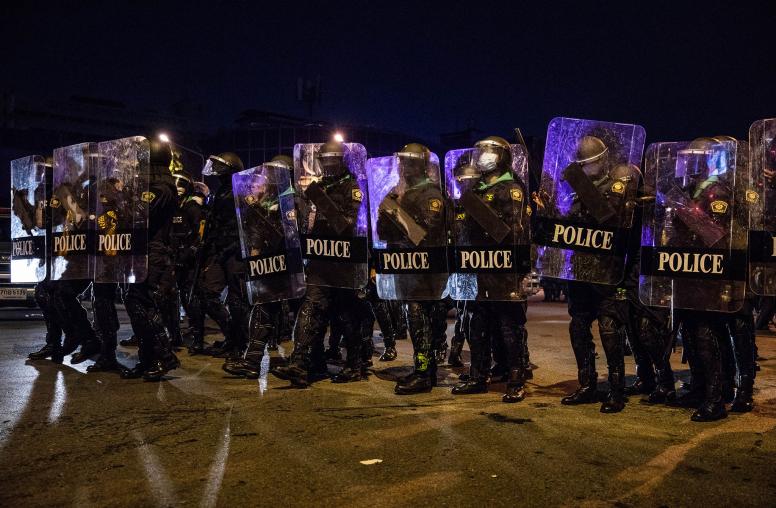Since the 2021 coup, Myanmar’s junta has increased its targeting of the country’s Christian minority — committing atrocities such as killing and detaining pastors and burning down churches. While Christian leaders, particularly those in Christian-majority Chin State, have offered their support to the movement, many Burmese Christians are fleeing to neighboring countries — with thousands already living as refugees in India. Zo Tum Hmung, executive director of the Chin Association of Maryland, discusses the junta’s violence against religious minorities in Myanmar, the need for international accountability, and how the United States can partner with other countries in the region to facilitate cross-border humanitarian aid and refugee assistance.



